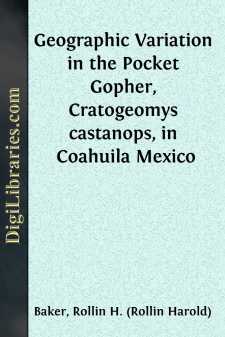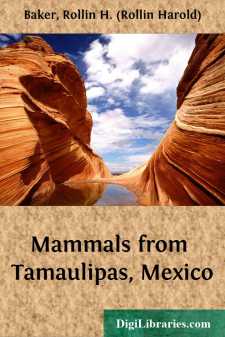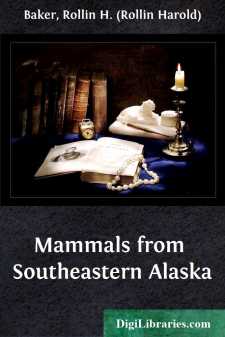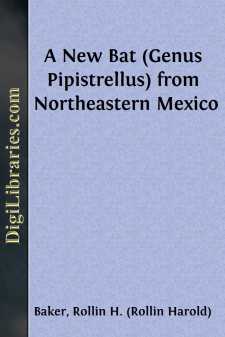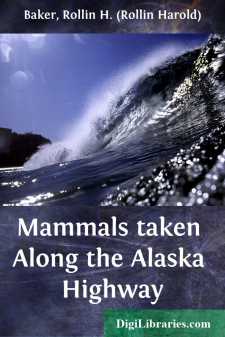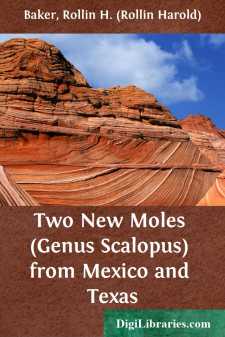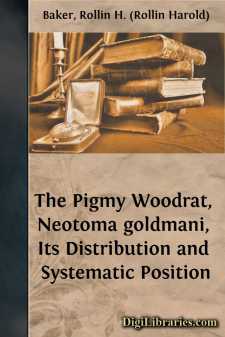Categories
- Antiques & Collectibles 13
- Architecture 36
- Art 48
- Bibles 22
- Biography & Autobiography 813
- Body, Mind & Spirit 142
- Business & Economics 28
- Children's Books 17
- Children's Fiction 14
- Computers 4
- Cooking 94
- Crafts & Hobbies 4
- Drama 346
- Education 46
- Family & Relationships 57
- Fiction 11829
- Games 19
- Gardening 17
- Health & Fitness 34
- History 1377
- House & Home 1
- Humor 147
- Juvenile Fiction 1873
- Juvenile Nonfiction 202
- Language Arts & Disciplines 88
- Law 16
- Literary Collections 686
- Literary Criticism 179
- Mathematics 13
- Medical 41
- Music 40
- Nature 179
- Non-Classifiable 1768
- Performing Arts 7
- Periodicals 1453
- Philosophy 64
- Photography 2
- Poetry 896
- Political Science 203
- Psychology 42
- Reference 154
- Religion 513
- Science 126
- Self-Help 84
- Social Science 81
- Sports & Recreation 34
- Study Aids 3
- Technology & Engineering 59
- Transportation 23
- Travel 463
- True Crime 29
Geographic Variation in the Pocket Gopher, Cratogeomys castanops, in Coahuila Mexico
Description:
Excerpt
The plateau pocket gopher, Cratogeomys castanops, inhabits open lands from southeastern Colorado southward onto the Mexican Plateau as far south as southern San Luis Potosà and southeastern Zacatecas and southeastward to the Coastal Plain of northern Tamaulipas. This species occurs at elevations from as low as 26 feet at Matamoras in Tamaulipas to as high as 8700 feet in valleys of south-eastern Coahuila. In 1934, Nelson and Goldman (Proc. Biol. Soc. Washington, 47:135-154, June 13, 1934) revised the genus Cratogeomys and decided that six subspecies of C. castanops occurred in Coahuila. In the present account, we describe four previously unknown subspecies from Coahuila, exclude from the state two others recorded from there by Nelson and Goldman, and show that three others named previously from adjacent Mexican states do occur in Coahuila. This makes eleven subspecies now known from that state. From Coahuila Nelson and Goldman had 35 study specimens of C. castanops from seven localities and we have had 234 specimens from 63 localities. Consequently we have been able to define with greater certainty, than formerly was possible, the geographic distribution of C. castanops in this Mexican state and similarly analyze more completely the geographic variation.
Coahuila is near the center of the geographic range of C. castanops. The occurrence of 11 subspecies within the state seems to be the result of partial or perhaps, in some cases, total isolation of populations of C. castanops because of the highly dissected topography and the variability of the soil. Cratogeomys castanops is a sedentary animal preferring open plains mantled by suitable soils, preferably sandy in texture, in which the animals can dig their elaborate underground systems of runways. Thin soils of hard texture and rocky soils do not offer optimum habitat for C. castanops, and the animals usually are absent or uncommon in such situations. Desert mountains with their thin rocky soils, elevated passes, perpendicular rocky cliffs, and stands of oaks and conifers at higher elevations present impassable barriers for pocket gophers of this species. The RÃo Grande, bordering Coahuila to the north, in many places flowing through steep-walled cañons, also seems to be a barrier that this fossorial rodent does not cross; distinct subspecies occur on the two sides of the river directly opposite each other (also see Nelson and Goldman, op. cit.: 143). Smaller streams, such as the RÃo Salado, RÃo Nazas and RÃo Salinas, seem to be unimportant barriers to the passage of these pocket gophers. The food supply of C. castanops seems adequate in most situations and consequently food is unimportant in governing the distribution of this species. Principal foods of C. castanops are fleshy tuberous roots of well-distributed desert shrubs, but in the valleys of the high mountains of southeastern Coahuila, where desert shrubs are absent, roots and leaves of low-growing forbs are eaten.
Three distinct habitats for C. castanops occur in Coahuila. The state is crossed by a series of mostly impassable, mountainous ridges beginning at the northwestern boundary at the Cañon de Boquillas on the RÃo Grande and extending southeastward to the east-central border. This divides Coahuila into a more humid and less elevated northeastern area which is an inland extension westward of the Coastal Plain and a more arid and higher western and southern area which is a part of the "Mesa del Norte" of the Mexican Plateau. In the extreme southeast the still higher elevated plains and intermontane valleys within the Sierra Madre Oriental afford a third habitat for populations of this species. The subspecies of these pocket gophers found in any one of these three habitats show greater affinity to each other than they do to any subspecies found in the other habitats.
Generally speaking, populations of C. castanops from northeastern Coahuila are related, as a group, in color and cranial features. Partial isolation of subspecies in this area results chiefly from discontinuity of suitable soils rather than from topography. These pocket gophers occur most commonly in the deep, sandy soils which are found along streams, especially where farm lands are irrigated. In western and southern Coahuila, mountains extending in both north-south and east-west directions act as partial barriers to the passage of C....


